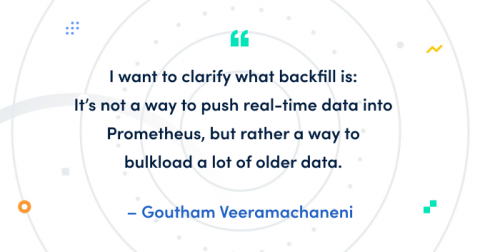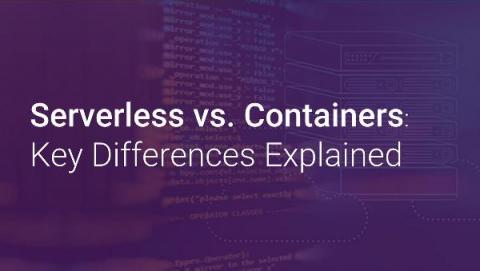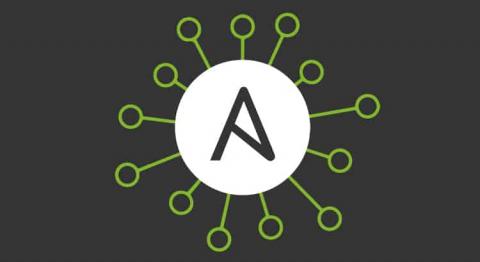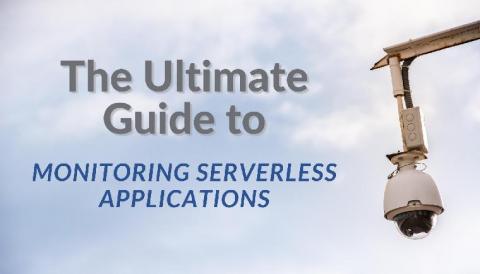How we're improving backfill methods to get older data into Prometheus
A few weeks ago, I teamed up with Bartek Plotka, a principal software engineer at Red Hat, for a deep-dive session on Prometheus at KubeCon + CloudNativeCon EU. We covered a lot of topics, with highlights that included scaling Prometheus, remote-write and metadata. We ended the talk with a quick demo on how to import data from CSV files into Prometheus. I want to use this blog post to provide more insight into the state of backfill in Prometheus.











